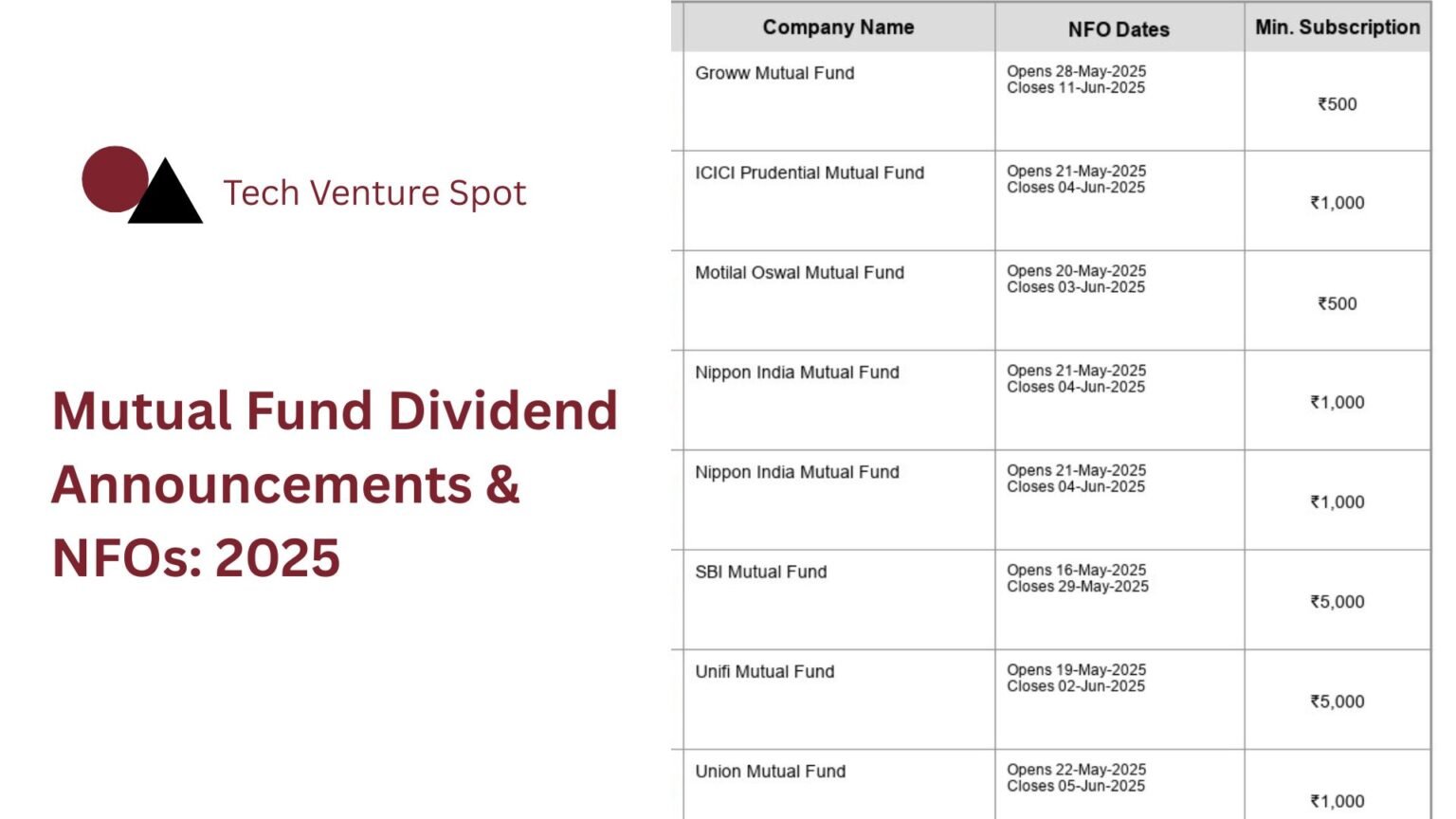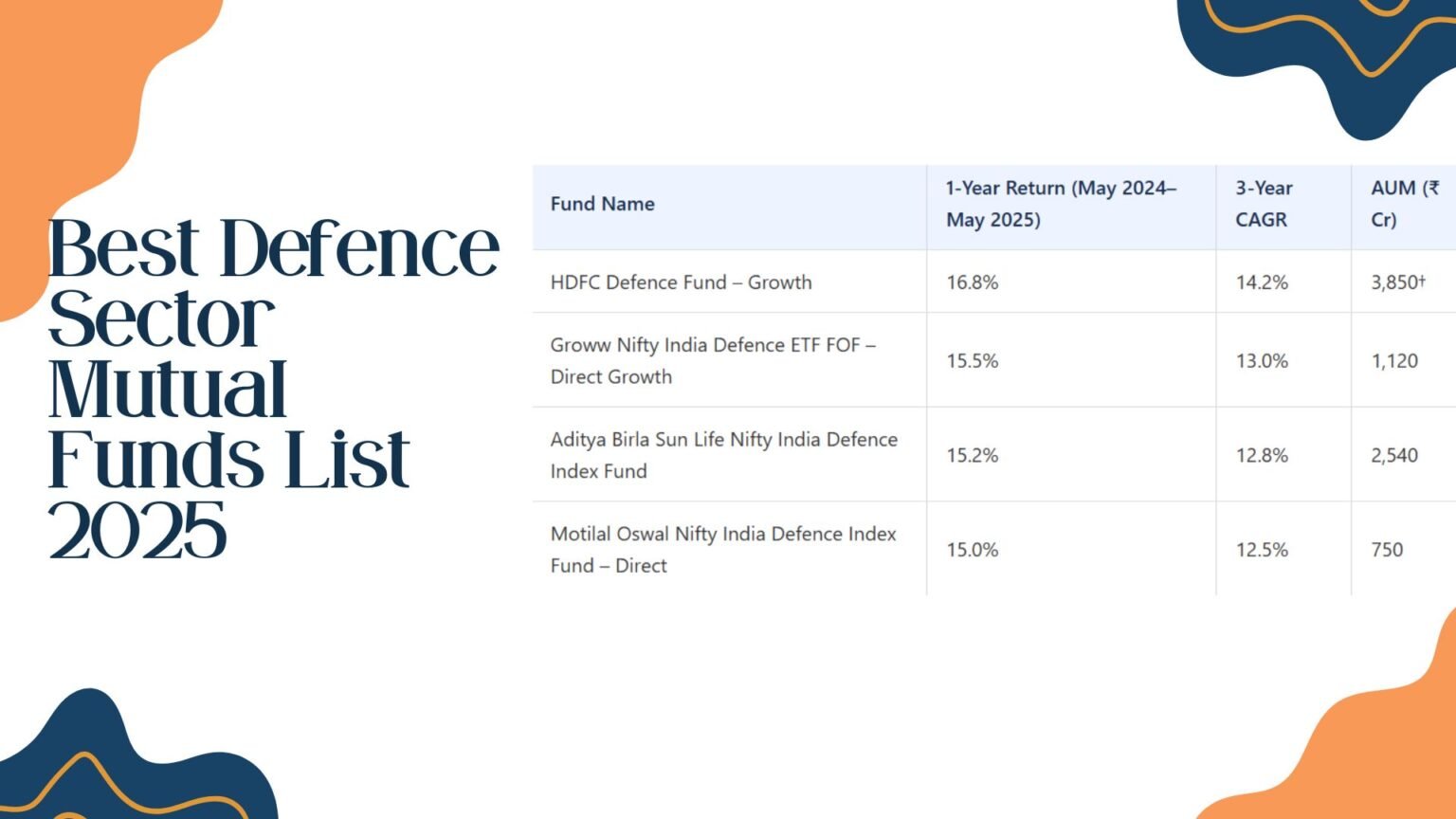
Top 5 Gold Mutual Funds: Investment Rationale in 2025
Gold mutual funds are funds investing primarily in gold exchange-traded funds (ETFs) or gold-related securities, such as gold mining stocks. They operate on a fund of funds (FoF) structure, with underlying assets being linked to the price of physical gold.
In 2025, numerous reasons will make gold mutual funds particularly desirable. Gold is traditionally viewed as a safe-haven asset, especially in times of economic uncertainty, inflation, or geopolitical tensions. Looking at the current global economic scenario, with potential equity market volatility and inflation, gold offers a hedge against market risk.
Financial insights by ET Money reveal that gold's negative correlation with equities—rising when stocks fall—is ideal for equity-dominated portfolios' diversification, making the portfolio more stable.
The convenience of gold mutual funds, as highlighted by Groww, is the elimination of physical storage space, cost savings on vaults, and insurance. This model of investment in a digital format, with minimal storage costs and high liquidity, meets the needs of the new-age investor. Moreover, SEBI regulations guarantee transparency in pricing, as highlighted by INDmoney, ensuring fair and proper valuation of assets.
Taking these benefits into account, 2025 seems to be a strategic time for investment, subject to economic conditions following historical trends where gold performs well in times of uncertainty.
Selecting Top 5 Gold Mutual Funds
Selecting the top 5 gold mutual funds is a process involving consideration of several parameters like historical performance, expense ratio, assets under management (AUM), and experience of the fund manager.
Statistics by ET Money and Smallcase, as of May 2025, provide a solid basis for selection. The procedure begins with considering the 5-year compound annual growth rate (CAGR), cost-effectiveness expense ratios, and assets under management (AUM) to understand how much investors believe in the funds. Based on this, the best 5 gold mutual funds of 2025 are presented below.
Comprehensive Information on Performance, Fees, and AUM
The following is a concise table showing the top 5 gold mutual funds for 2025, according to data from ET Money and Smallcase:
| Fund Name | AUM (Cr) | Expense Ratio | 1Y Return | 3-Year Return | 5-Year Return |
|---|---|---|---|---|---|
| SBI Gold Fund | 4,410 | 0.1% | +20.22% | +65.28% | +15.86% |
| Aditya Birla Sun Life Gold Fund | 636 | 0.2% | +20.11% | +64.82% | +15.67% |
| Axis Gold Fund | 1,121 | 0.17% | +20.04% | +64.54% | +15.79% |
| Kotak Gold Fund | 3,155 | 0.16% | +19.99% | +64.36% | +15.85% |
| ICICI Prudential Regular Gold Savings Fund (FOF) | 2,274 | 0.09% | +20.19% | +65.15% | +15.69% |
Also Read: Best Corporate Bond Mutual Funds 2025
Comparing NAV Trends
Net Asset Value (NAV) is the market value per unit of a mutual fund, and comparing trends in NAVs is vital in measuring performance over time. Advisorkhoj and ET Money offer tools to see historical NAV data, allowing investors to analyze trends over 1, 3, and 5 years.
For gold mutual funds, NAV tends to move in tandem with gold prices, as they invest in gold ETFs. For instance, the NAV of SBI Gold Fund has witnessed steady growth, with a 1-year return of +20.22%, which is consistent with gold price movements. A fund with minimal or no steep falls in NAV over durations, as ET Money highlights, reflects stable returns, while higher volatility may reflect short-term risk.
5-Year CAGR Comparison (%)
Simulated NAV Trend of a Gold Fund (Illustrative)
Risk vs. Reward Analysis
Investing in gold mutual funds entails balancing risks and rewards, and this is needed to make well-informed decisions.
Rewards
- Diversification: Gold's negative relationship with stocks, according to ET Money, makes portfolios stable during market falls.
- Hedge Against Inflation: Gold is a hedge against inflation that retains purchasing power, which is essential in 2025 if inflation remains high.
- Liquidity: High liquidity, as per INDmoney, ensures ease of selling and buying with no lock-in period.
- Convenience: No storage or security issues with physical gold, hence lower costs than physical gold.
- Professional Management: Fund managers with experience manage investments, as per 5paisa, for better decision-making.
- Tax Advantage: Long-term capital gains (LTCG) of over 3 years are charged at 20% with indexation, which minimizes tax outflow, according to Bajaj Finserv.
Risks
- Volatility: Short-term price volatility in gold impacts NAV, according to Smallcase, although long-term is favorable.
- Expense Ratios: Marginally higher than direct gold ETFs but less than the cost of physically holding gold, according to ET Money.
- Market Risks: Gold is subject to global economic conditions, such as interest rates and currency fluctuations, which may impact returns.
- Opportunity Cost: When stocks are doing exceptionally well, gold returns may be lower, the World Gold Council says, as it competes with other investments.
- Regulatory Changes: SEBI rule changes or tax legislation can influence appeal, and investors need to remain up to date.
Step-by-Step Investment Guide
Investing in gold mutual funds is a structured process, as explained by 5paisa:
- Complete KYC: Update Know Your Customer (KYC) details, a prerequisite for all mutual fund investments in India, in order to be SEBI compliant.
- Select the Right AMC: Compare gold mutual funds between various AMCs on the historical performance, expense ratio (e.g., 0.1% in SBI Gold Fund), and fund manager experience.
- Choose Investment Method: Opt for a lump sum investment or a Systematic Investment Plan (SIP). The minimum investment of ₹500 provides you with the benefit of cost averaging, recommends Groww.
- Choose the Platform: Invest via banks, investment apps (like Groww, 5paisa), mutual fund distributors, or directly from AMC websites.
- Monitor Your Investment: Monitor fund performance on the basis of NAV trends and gold price movement, redeem or switch based on objectives.
Also Read: Mutual Fund SIP Stoppage Ratio Hits 78% in June
Frequently Asked Questions (FAQs)
What are gold mutual funds?
Gold mutual funds invest in gold ETFs or gold assets, offering exposure to gold prices without physical possession, as per ET Money.
How do gold mutual funds function?
They follow a FoF model, whose NAV fluctuates with gold prices, operated by experts, as described by Groww.
What are the benefits?
Benefits are diversification, liquidity, absence of storage costs, and professional management. According to 5paisa, they are helpful in protecting against inflation.
How are they taxed?
They are taxed at the income tax rate for short-term gains (less than 3 years). They are taxed at 20% with indexation for long-term gains (more than 3 years), as per Bajaj Finserv.
How do they differ from Gold ETFs?
Gold mutual funds do not require demat accounts, are handled by humans, and offer SIP facilities. Gold ETFs, on the contrary, are handled automatically and are traded on exchanges, as per 5paisa.
How to invest?
In banks, apps, or AMCs, in lump sum or SIP, with KYC completion, as explained by 5paisa.






Hello there, just became alert to your blog through Google, and found that it is truly informative.
I am going to watch out for brussels. I will be grateful if you continue this in future.
A lot of people will be benefited from your
writing. Cheers!